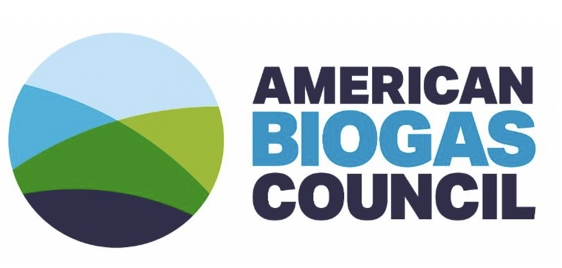
U.S. EPA proposal delivers long-overdue guidance to biogas industry: ABC
December 2, 2022
By American Biogas Council

The U.S. Environmental Protection Agency released a proposed rulemaking under the Renewable Fuel Standard (RFS) program, which includes some long-awaited guidance in a couple key areas and multi-year fuel volumes for biogas electricity and renewable natural gas. In response, the American Biogas Council issued the following statement from executive director Patrick Serfass:
“The American Biogas Council (ABC) thanks EPA for several actions in this proposed rule: creation of a regulatory framework to generate credits (eRINs) from biogas projects that generate renewable electricity for electric vehicles; an alternate accounting methodology to help increase food waste recycling; and fuel volumes for the next three years.
“Of the 2,300 biogas systems currently operational in the U.S., 2,000 of them produce uninterruptible renewable electricity. This guidance from EPA will create the opportunity for these projects as well as new ones to generate RFS credits called eRINs if their electricity is used to charge electric vehicles. This with help decarbonize transportation and increase the volume of organic material that we recycle in the U.S., especially smaller volumes from small towns, farms, and food processors. There is a long list of other benefits that help protect the environment and spur economic growth as well.
“In addition, food waste today is often rejected from biogas systems that participate in the RFS because the program has, in most cases, required system owners to devalue all their RNF credits if they accept it. We are hopeful this new methodology will not only address that issue but encourage a new wave of food waste recycling across the U.S., producing more renewable energy and recycling nutrients to reduce dependence on the fossil-fuel derived, synthetic fertilizers used across agriculture.
“Finally, the ABC is pleased to see three years of renewable fuel volumes proposed for 2023-2025. Previously, EPA’s volumes have only recognized an eight per cent annual growth rate of RNG while the number of RNG projects has been increasing at a rate of 20-40 per cent and the industry this year is already likely to exceed 2022’s target. As a result, while the fuel volumes proposed today recognize a higher 36 per cent annual growth over the next three years, they are probably still too low. We think EPA is still underestimating the impact of continued strong growth in RNG production, new renewable electricity projects participating in the RFS in 2024, and potentially more food waste generated biogas electricity and RNG. If EPA doesn’t make the volumes higher, it risks crashing credit values and halting renewable fuel production, development, and investments.
“We are still analyzing the nearly 700-page proposal, which mentions biogas nearly 1,500 times, but we want to extend our appreciation now to EPA staff for working so hard to address key issues that have been slowing industry growth and environmental protection.”
Print this page
- More than 70 EU signatories call for efficient, circular use of woody biomass residues
- Enviva, GreenTrees partner on carbon removal program in Southeastern U.S.